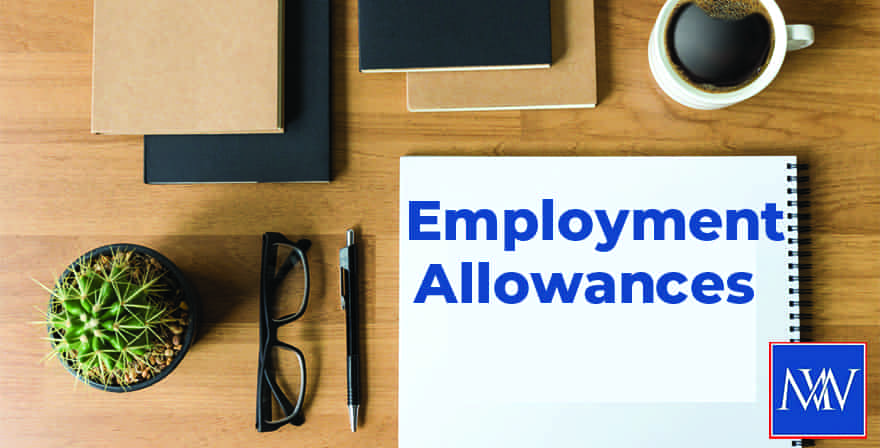
Employment allowance – upcoming changes
The employment allowance (EA) was introduced from April 2014, potentially cutting every employer’s NIC payments by allowing businesses and charities to offset up to a pre-set annual threshold (£3,000 from April 2016, previously £2,000) against their employer PAYE NIC liabilities.
Employers may generally claim the EA if they are a business (including a Community Amateur Sports Club) that pays employer Class 1 NICs on employees’ or directors’ earnings and is not funded by central government or a charity.
To keep the process as simple as possible for employers, the EA is delivered through standard payroll software and HMRC’s real-time information (RTI) system. However, it isn’t given automatically and must be claimed.
How to claim
Claiming is very straight forward – the employer simply signifies their intention to claim by completing the ‘yes/no’ indicator just once. Although ideally, the claim should be made at the start of the tax year, it can be made at any time in the year.
The employer will then offset the allowance against each monthly Class 1 secondary NICs payment that is due to be made to HMRC until the allowance is fully claimed or the tax year ends.
For example, if employer Class 1 NICs are £1,200 each month, in April the employment allowance used will be £1,200, in May it will be £2,400, and in June £800, as the maximum is capped at £3,000. The following tax year, the allowance will be available as an offset against a Class 1 secondary NICs liability as it arises during the tax year.
The EA applies per employer, regardless of how many PAYE schemes that the employer chooses to operate, so each employer can only claim for one allowance. It is up to the employer which PAYE scheme to claim it against.
Recent changes
The EA was restricted from April 2016, so that a company no longer qualifies where all the payments of earnings it pays in a tax year, in relation to which it is the secondary contributor, are paid to or for the benefit of one employed earner only who is, at the time the payments are made, also a director of the company.
This sounds complicated, but the purpose of the change was to prevent perceived misuse of the allowance by personal service companies and help focus it on businesses creating employment. The government estimated that this change affected around 150,000 limited companies with a single director.
Future changes
The Autumn Budget 2018 announced details of a further restriction, expected to take effect in 2020/21, which aims to target the allowance on businesses that need it most.
From 6 April 2020, access to the EA will be limited to businesses and charities with an employer National Insurance contributions (NICs) bill below £100,000.
Currently, some 1.1million employers claim the EA and the government estimates that around 93% of these will continue to be eligible once the restriction takes effect, with many paying no employer NICs at all.
It is worthwhile checking that the EA has been utilized where possible. If a claim is made too late in a tax year to set the whole allowance against the employers’ NIC liability, the employer may apply to HMRC for a refund.
Need Accountancy Support?
For information on bespoke training, or if you have any other questions for Makesworth Accountant, please fill in your details below
















 151
151